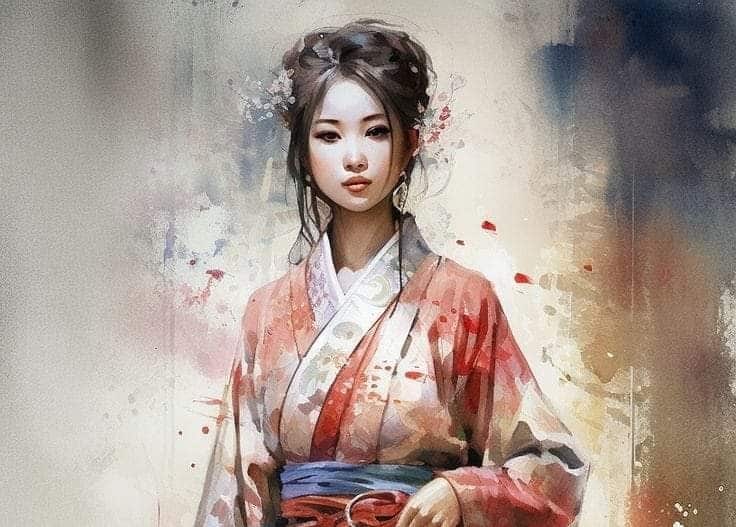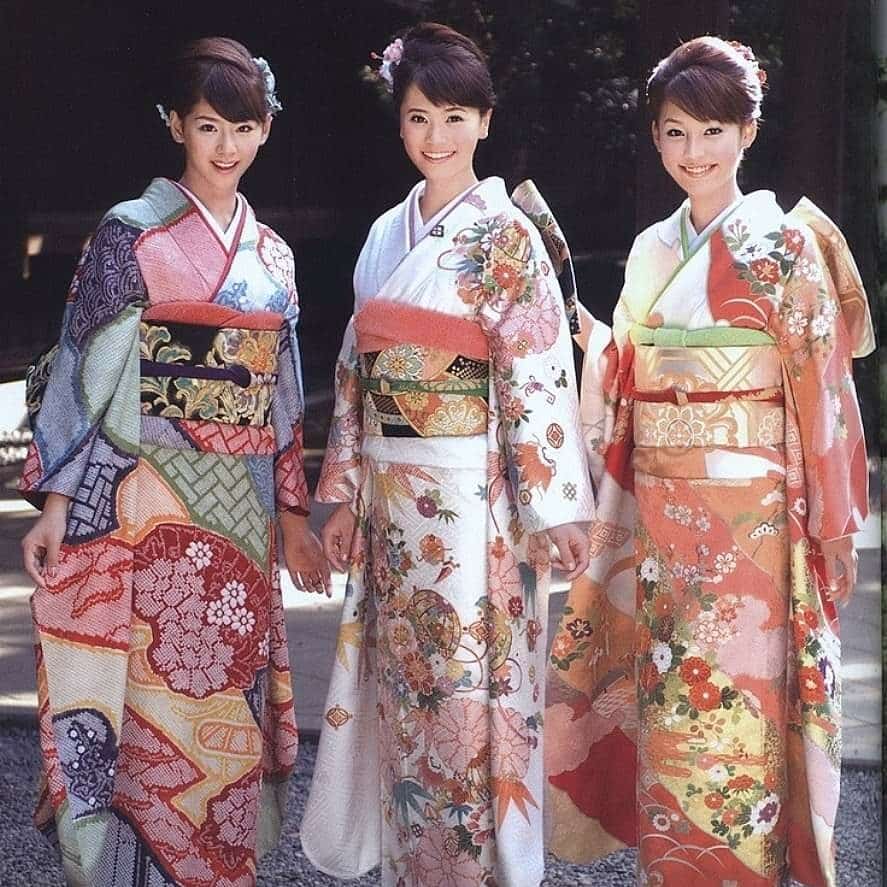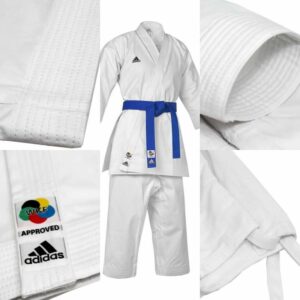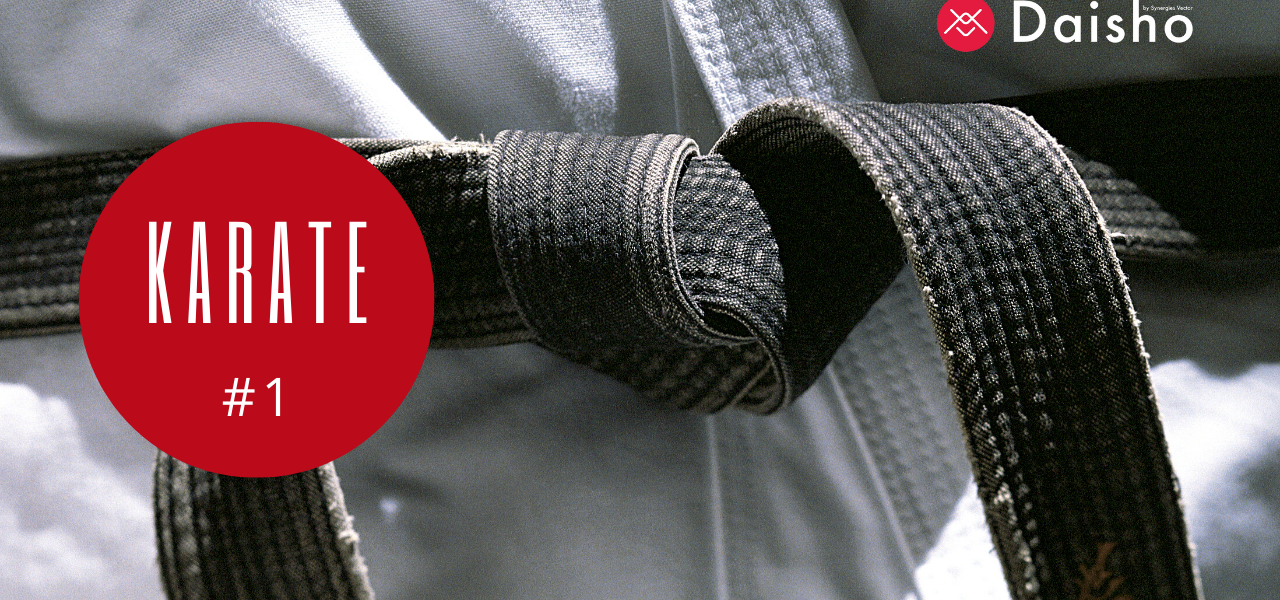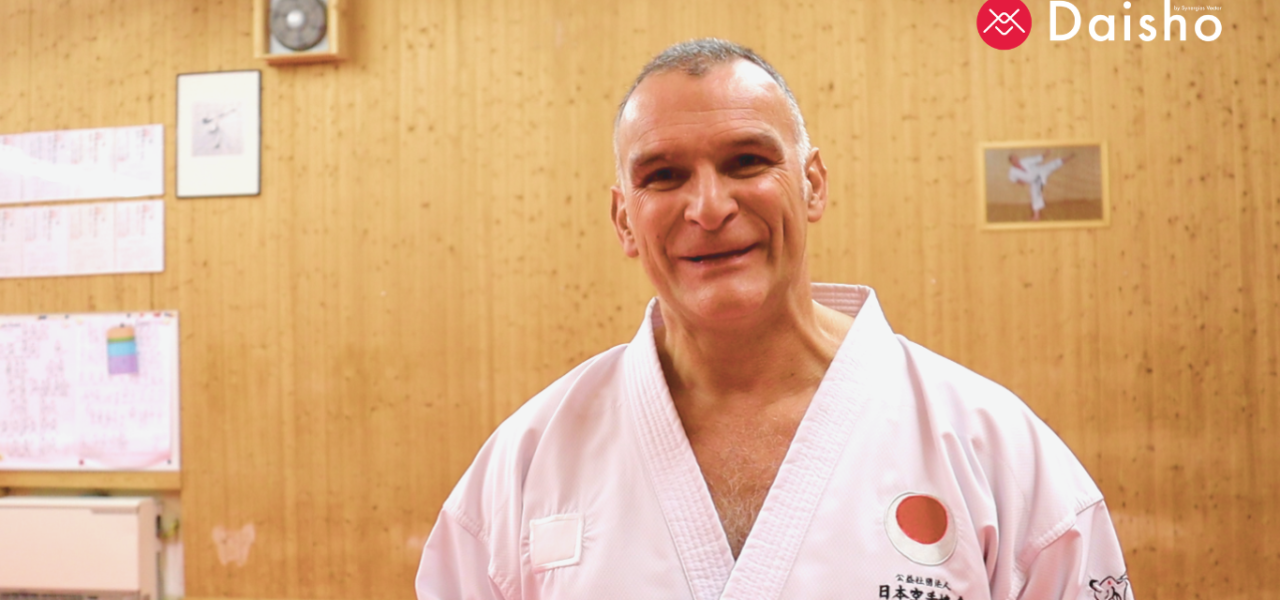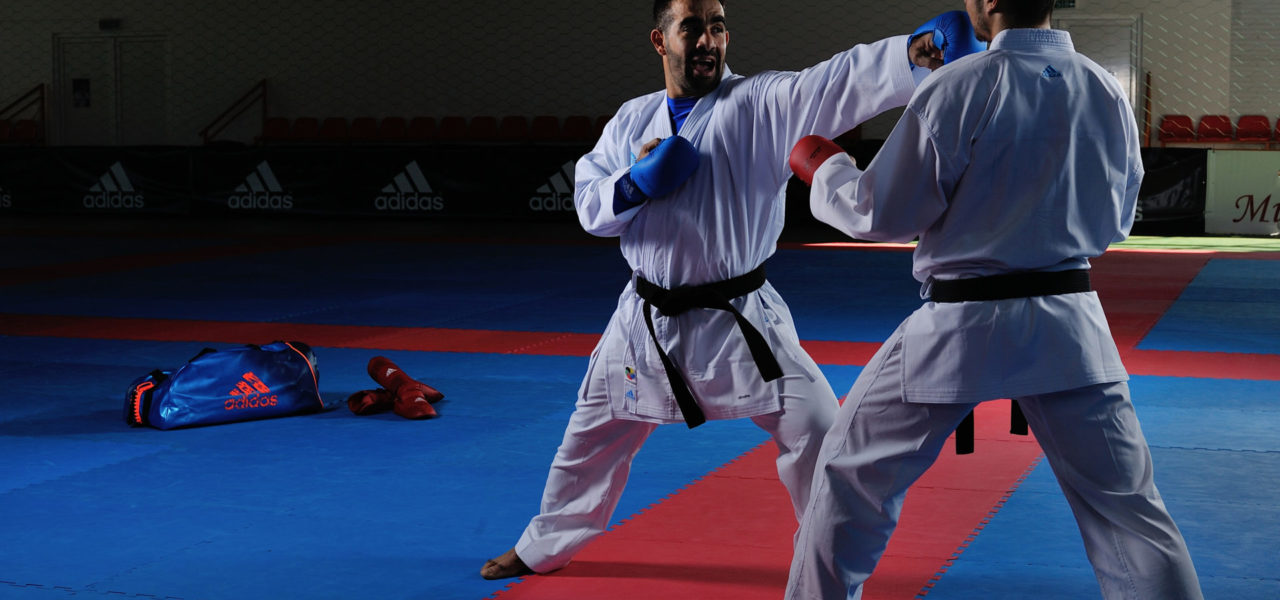Your cart is currently empty!
Kimono and karategi, what are the differences?
The land of the rising sun is full of rich traditions and customs. These include emblematic garments such as the kimono and karategi, as well as judogi, aikidogi and keikogi, reflecting the history and arts of Japanese society. The difference between these two traditional outfits is often overlooked, but it does exist.
Why is it so common for us to confuse them? In Western countries, the term “kimono” is often used as a generic term for any traditional Japanese garment. People unfamiliar with this culture therefore tend to think of everything as a kimono. What’s more, the karategi, being a derivative of the kimono, resembles the latter in both form and design. Confusion is therefore possible. That’s why today we’ll be exploring the difference between these two traditional Japanese outfits.
Table des matières
The Japanese Kimono
Definition and origins
Kimono, Japanese expressions ” kiru “and mono “is the term used to refer to the traditional Japanese dress symbolizing beauty, tradition and culture. It is worn by men, women and children on special occasions such as ceremonies, parties and weddings.
The kimono is more than just a garment; it truly reflects Japanese cultural identity. It embodies harmony, respect and balance. Japanese society attaches great importance to this custom. Wearing a kimono implies knowledge of rules and etiquette, such as how to wear it and tie it correctly.
The origins of the kimono date back to the seventh century, when Japan was under the influence of the Tang dynasty. Before becoming the kimono we know today, this traditional Japanese garment underwent many changes.
From a simple undergarment called a kosode, inspired by the Chinese model, the Japanese explored their own style during the Heian period. At the same time, men’s and women’s models are differentiated and the kosode is adorned with motifs.
It was during the Muromachi period that the kosode gained in popularity. It’s now just an undergarment, worn outside over other layers of clothing. In addition, weaving techniques are improving, making patterns increasingly detailed and precise. The kosode changed its name to kimono in the 13th century, evolving to its current design during the Edo period.
Concept and design
The kimono is designed with particular attention to detail, pattern and color. It is made from high-quality materials such as silk. It is often decorated with intricate motifs depicting nature, landscapes or abstract scenes.
Kimono patterns and colors can reflect season, age, marital status or other aspects of identity. The kimono is worn with a wide belt, called an obi, and may be accompanied by other traditional accessories such as wooden sandals (geta) or finger socks (tabi).
The karate kimono: the karategi
Definition and origins
Unlike the kimono, which is worn for special occasions, the karategi is thetraditional uniform of the karateka, the practitioner of the martial art of karate. It is a symbol of discipline, respect and commitment to the martial art. Karategi is an essential for all karatekas, reflecting their seriousness and dedication. It is worn for training, competitions and demonstrations, allowing freedom of movement while respecting karate traditions.
Introduced by Gichin Funakoshi (considered the father of modern karate in the 1920s), the keikogi, a training uniform used in other martial arts such as judo, was adapted by Funakoshi to suit the practice of karate. In 1956, Mr Shizuo Sugiura founded the Tokaido brand. He began by making outfits for his karate friends. Until then, there was no official uniform for this practice. Karateka wore judo gear (judogi), pyjamas or burlap.
Thanks to the positive feedback he received on his confections, he continued to perfect the fabric and improve his karategi for kata, kumite and competition practice. Today, Tokaido is a worldwide standard and a recognized brand supplying the finest uniforms, belts and other karate products.
This garment, like the kimono, has undergone a number of modifications over time. Today, to suit karatekas’ intensive training, fabrics have become more resistant. Variations in both fabric thickness and weight have been introduced to offer practitioners options for training and competition.
Concept and design
Karategi is primarily designed for functional use. It’s made from cotton, a cotton blend or polyester, for optimum strength and breathability. The karategi consists of two pieces: a jacket and pants. The jacket is double-breasted and fastened with a colored belt representing the karateka’s rank and experience. The choice of fabric, size and cut of the karategi may vary according to karate style and individual preferences.
Cultural significance
The karategi has real symbolism, and represents the fundamental values of karake, such as respect, discipline and humility. The tunic is entirely white to represent purity and simplicity, but also equality, indicating that all participants are equal, whatever their level or rank. It’s more than just clothing, it’s a constant reminder of the principles and ethics of karate.
Le point
- The kimono is worn for special occasions and ceremonies, while the karategi is worn for karate practice.
- The kimono represents beauty and tradition, while the karategi symbolizes discipline, respect and commitment.
- The kimono is made from high-quality materials such as silk, while the karategi is made from cotton.
- The kimono is colorful and patterned, while the karategi is white.
- The kimono represents Japanese history, art and aesthetics, while the katategi is a symbol of the discipline, practice and value of Japanese martial arts.
As you can see, there’s a huge difference between these two terms, which are wrongly used to describe the famous karategi, the karateka’s uniform. Like judogi, aikidogi and keikogi, each traditional garment has its own origins and uses.

